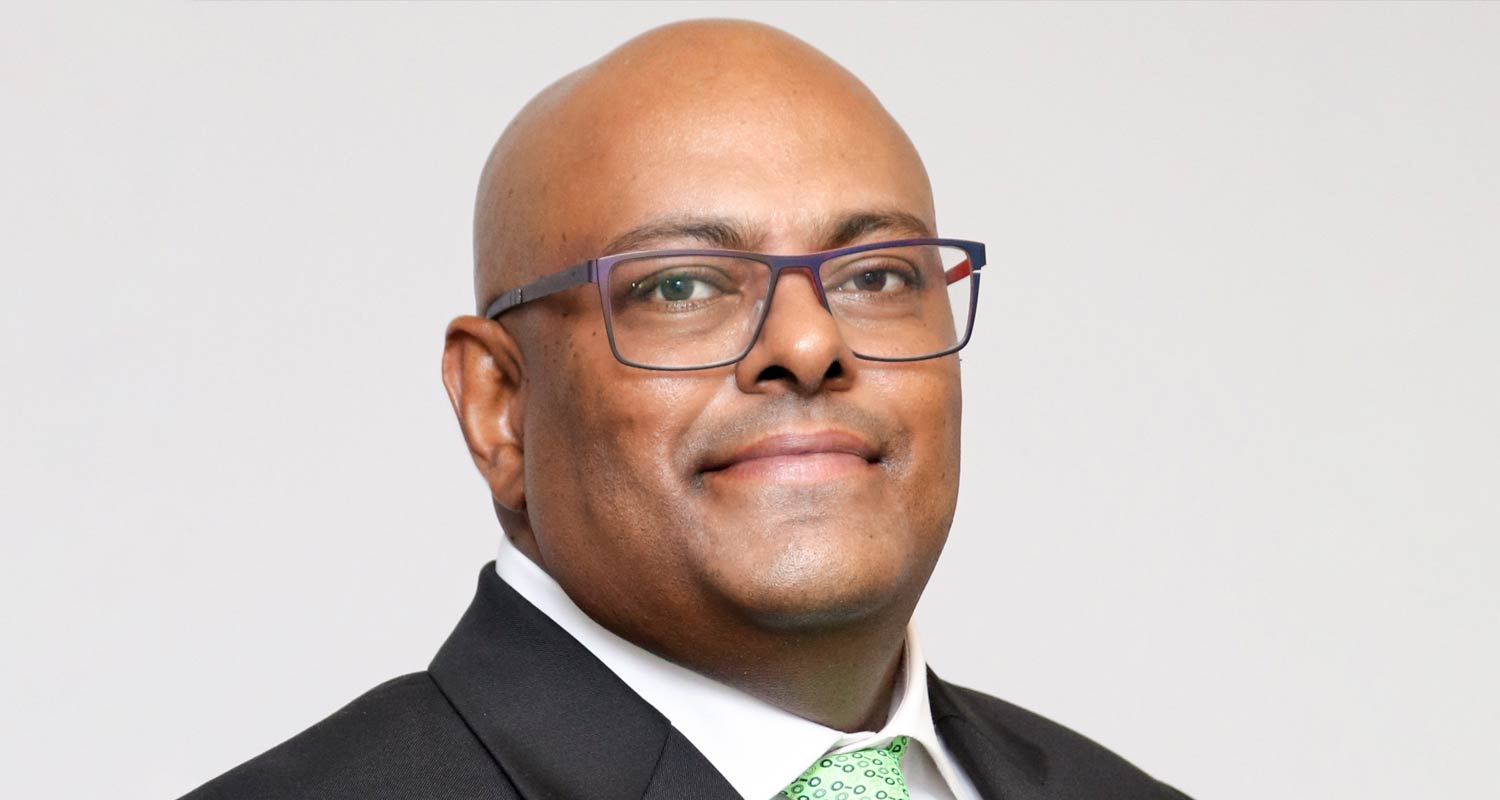
Fears of job losses are impeding the adoption of generative artificial intelligence tools in organisations, according to Nedbank Group CIO Ray Naicker.
For some employees, coming face to face with a technology that does instantly what takes them days or weeks to complete represents an existential threat that must be avoided at all costs.
According to Naicker, however, this is a misconception about what the real threats are when it comes to AI and job security, leading employees to behave in ways contrary to what’s good for their careers.
“I don’t think we should be nervous of human beings being displaced by AI; I think we should be nervous of other human beings who know how to use AI displacing those who don’t know how to use AI,” Naicker said at a “Digital Dawn” event hosted by the South African Information and Communication Technology Association (Saicta) on Tuesday.
Naicker said this is why an evolution in an organisation’s technological profile must coincide with significant investments in its people to help employees understand and adapt to new technologies successfully.
The Saicta Digital Dawn event brought together experts from the financial services industry to discuss challenges in AI and cybersecurity and how the sector is responding to them. Digitisation has advanced at a rapid pace in the financial sector. Nedbank, for example, has spent some R11.3-billion over 11 years in implementing its digital transformation project dubbed “managed evolution”. The project was 93% complete as of 30 June.
Early adopter
Nedbank is also an early adopter of enterprise AI tools by Microsoft. Asokan Moodley, executive head of end user and communication experience at Nedbank discussed the company’s AI journey in a recent episode of TechCentral’s TCS+.
The increased reliance by the financial sector on digital products and services means the attack surface area – the ways organisations could be exploited by cybercriminals – for these institutions has grown significantly. Adding AI tools to the arsenal cybercriminals already have at their disposal further increases the risk. Naicker said the problem is as much about tech and tooling as it is about people and skillsets.
Read: Hey big spenders! How much SA banks invest in IT
“Increasingly, over time, as large amounts of our applications have moved into the cloud, we have had to adapt our cybersecurity strategies to the hyperscalers (large cloud providers like Microsoft and Amazon Web Services). Our training initiatives have had to change to reflect this difference, too. We invest in AI and other digital tools; the bad news is, so do the cybercriminals. If they improve their skills, then so must we,” said Naicker.
He said cybersecurity is as important to the financial sector as high availability: customers want to have access to all their banking services at all times and they want to access them safely, too. But organisations often find that a proper focus on cybersecurity is often at odds with how quickly implementation teams can iterate when building new products or services, putting a dampener on how quickly they can innovate and beat competitors to market.
 “Adding cybersecurity sometimes feels like putting on brakes. But it’s like a Formula 1 car – it’s not the fastest car that wins, but the one that combines its speed with the best braking system so it can go faster (and safer) in and out of the corners,” said Naicker.
“Adding cybersecurity sometimes feels like putting on brakes. But it’s like a Formula 1 car – it’s not the fastest car that wins, but the one that combines its speed with the best braking system so it can go faster (and safer) in and out of the corners,” said Naicker.
He described Nedbank’s managed evolution as a “structured investment plan at all levels of the technology estate” aimed at unlocking value across the organisation. He said equivalent investments in people have helped the organisation realise its ambitions.
“The role of people and culture is as important as the advancement of our technology estate,” said Naicker. – © 2024 NewsCentral Media




